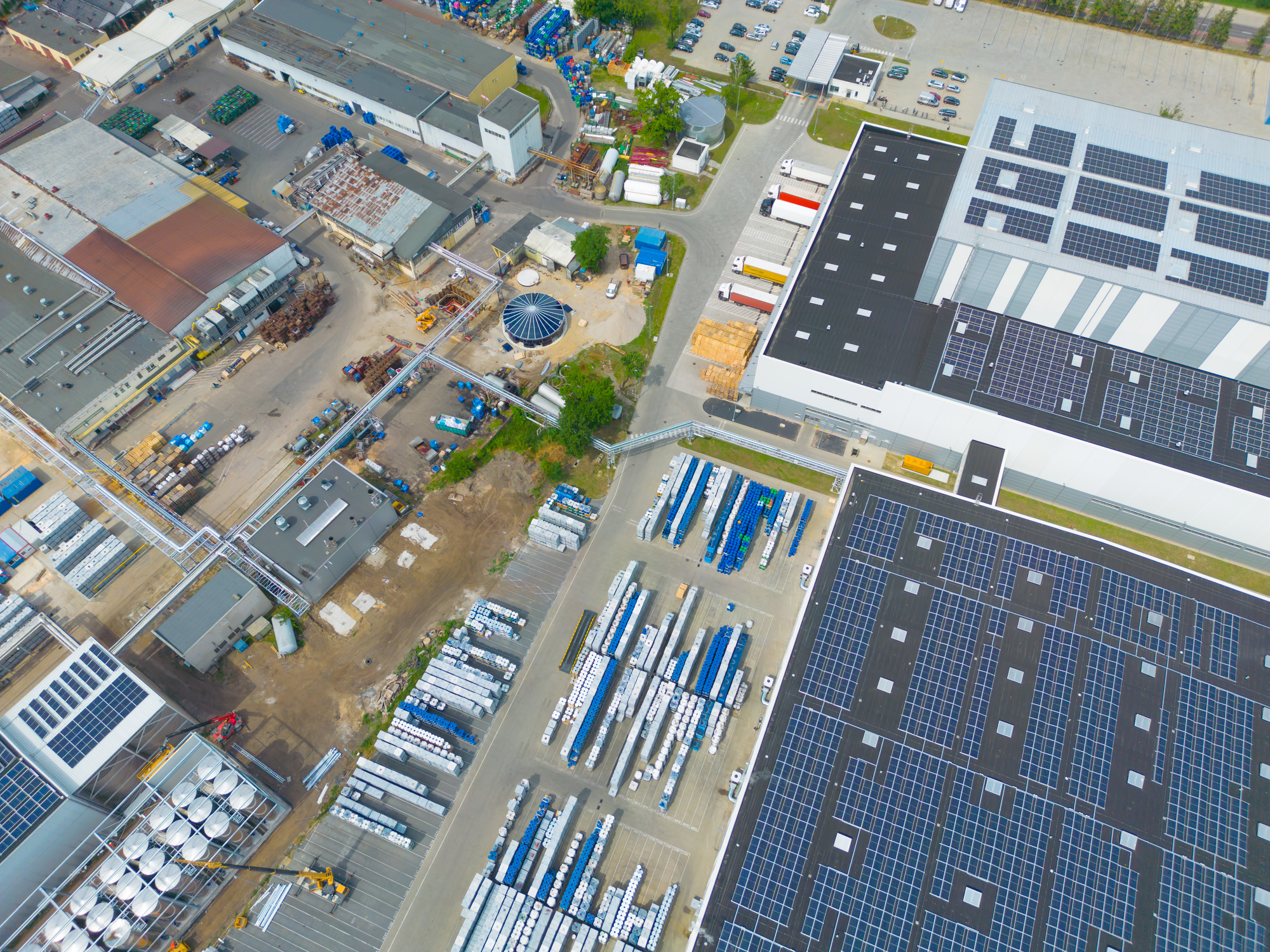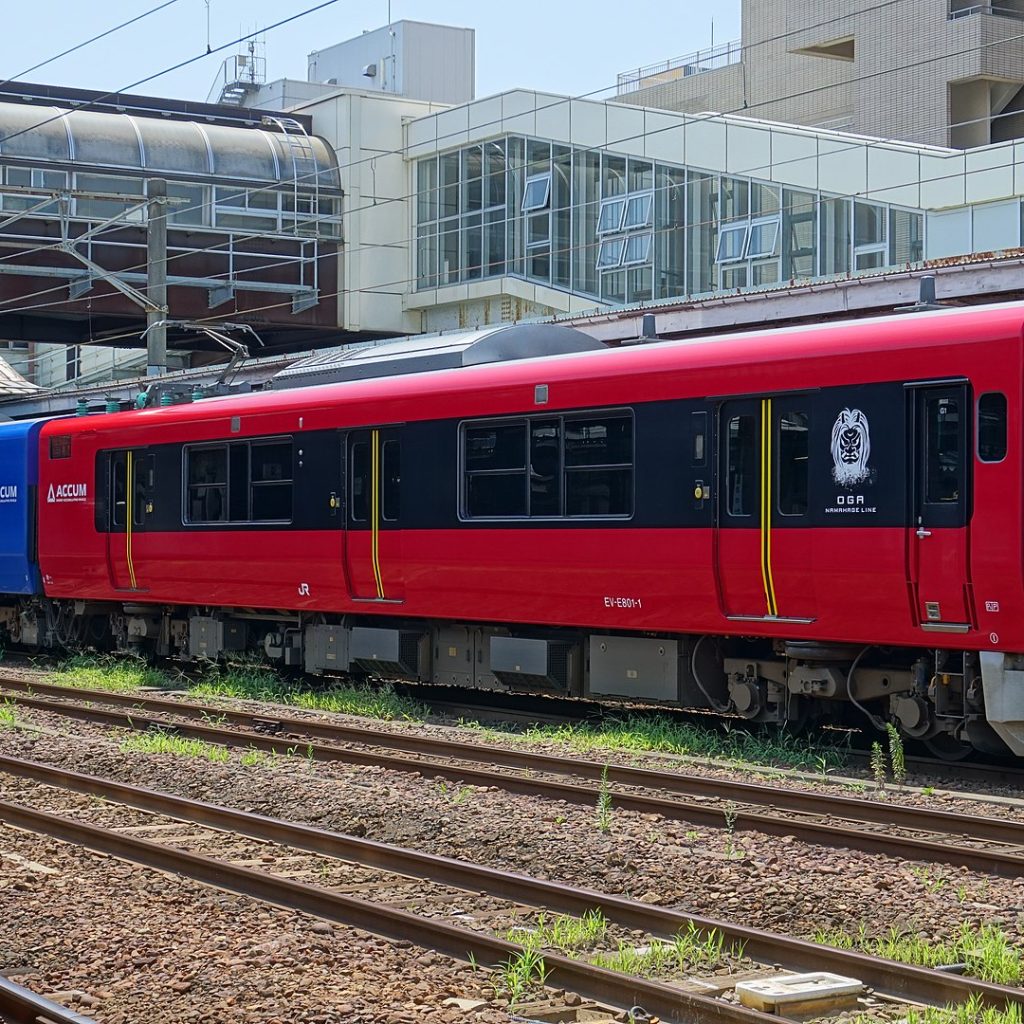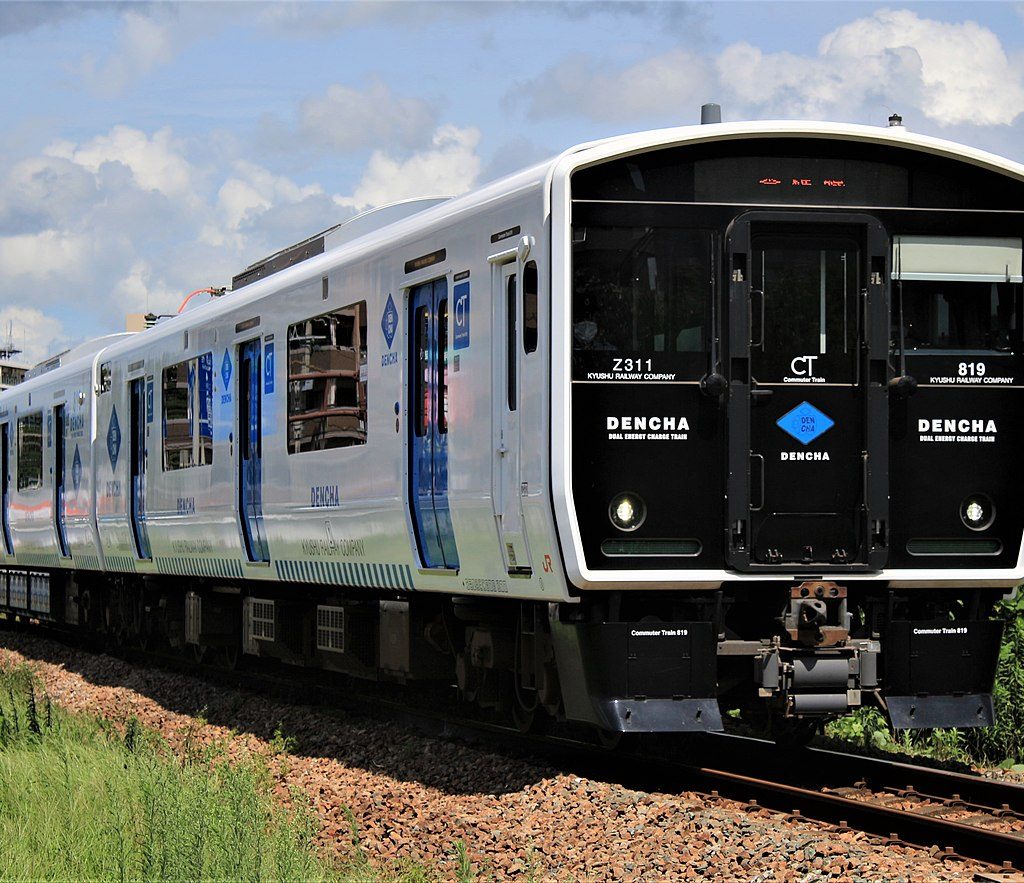Author: Schneider Electric
This audio was created using Microsoft Azure Speech Services
Years ago, when working as a business leader in France, an arc flash seriously injured one of my technicians. Contacting their family to let them know what had happened was truly one of the most heart-wrenching moments in my career. It’s the kind of thing that keeps me up at night, and it has become a constant reminder of the importance of safety in the workplace. Because you can recover from business challenges and market changes, but too often, there is no recovery from an electrical safety incident.
The stakes for safety are dire. Every year, electricity causes around 4,000 workplace injuries – an average of 11 injuries per day. These safety incidents can devastate individuals and the entire organization. They are stark reminders of the critical need for stringent safety protocols.
 Safety in the workplace is a top priority for Schneider Electric. It reduces workplace accidents, makes for happier and more engaged employees, and fortifies our customers’ relations.
Safety in the workplace is a top priority for Schneider Electric. It reduces workplace accidents, makes for happier and more engaged employees, and fortifies our customers’ relations.
Embracing a safety-first philosophy in your business is a commitment to a culture that values human well-being. Prioritizing safety reduces workplace accidents, fosters a happier and more engaged workforce, and enhances the company’s reputation. A strong safety record is a company’s most valuable asset.
Let’s explore the role of a deeply ingrained safety philosophy in enhancing organizational resilience and efficiency and see how such a commitment protects and perpetuates success.
Integrating safety in operations and customer relations
A safety-first culture is not just a top-down approach. It is a collective effort that permeates all levels of the organization. It sparks proactive engagement and encourages innovative safety practices. As one of our customers shared, “there’s no patent on safety.”
In a safety-first culture, employees are beneficiaries, participants, and active partners in a continuous improvement cycle. They contribute to and often introduce new safety protocols and best practices. Employees’ safety contributions should be shared freely to improve processes and policies. Integrating safety into the company’s core values protects the workforce and demonstrates leadership’s commitment to ethical operations. It positions the company as a responsible leader, respected for prioritizing safety over mere performance metrics.
In customer relations, safety becomes a shared value and key engagement point. Demonstrating rigorous safety standards and practices reassures customers and builds a deeper trust. It also positions your company as a trustworthy partner. This is crucial in industries where customers’ operations depend on maintaining high safety standards to avoid operational disruptions and ensure compliance with regulatory requirements.
In fact, safety was the resounding theme when we asked our data center customers what mattered most to them regarding partner relations. “Safety is non-negotiable and must be a core of our partners’ cultural DNA,” one client said. Another shared that they are determined that their employees will “go home, the same or better.” And we agree that is the best approach.
Comprehensive safety policies ensure well-being
Comprehensive safety policies are the backbone of a proactive safety framework, ensuring the well-being of employees, customers, and suppliers. These policies encompass a range of protocols, from mandatory safety training sessions to strict adherence to industry standards, aimed at preventing accidents and health issues before they occur.
For instance, regular safety training programs equip employees with the knowledge and skills to navigate hazardous environments safely. Employees can mitigate risks by staying updated with the latest safety techniques and tools. Adherence to recognized safety standards ensures an organization meets or exceeds regulatory requirements, setting a high bar for safety that creates confidence among stakeholders and customers.
The Occupational Safety and Health Administration (OSHA) is the regulatory agency that ensures safe and healthful working conditions for workers in the US. In 2023, 2,539 Lockout/Tagout (LOTO) citations were issued in the US, the sixth most cited standard violation. One company has faced fines of over $16 million since 2017 across more than 180 locations. Control of Hazardous Energy LOTO covers the servicing and maintenance of machines and equipment in which the unexpected energization or start-up of the machines or equipment, or release of stored energy could cause injury to employees. This standard establishes minimum performance requirements for the control of such hazardous energy.
Leveraging innovative technologies is crucial for advancing safety measures and enhancing protective systems. These technologies detect hazards and predict potential risks, allowing for pre-emptive actions to ensure workplace safety. Here are just a few:
- Smart wearable devices: connected personal protective equipment (PPE), such as safety watches, alert technicians when they are close to energized equipment, provide warnings, and identify risk levels to enhance safety on site.
- Vehicle tracking devices: track vehicles to monitor driving behaviors like speed and braking. This helps educate technicians about safe driving practices and avoid accidents, ensuring safety extends beyond the job site.
- AI-driven safety monitoring systems: these systems analyze patterns and data to predict potential system failures or safety risks before they occur. This proactive approach allows for timely interventions and continuous improvements in safety protocols.
- Digital twins: allow for detailed simulations of various scenarios, by creating a digitized electrical system twin model. Digital twin enables electrical personnel to understand the design of the electrical distribution system, prepare them for handling real-world hazards without risk, and create or optimize a response plan.
Proactive organizational safety practices
At Schneider Electric, organizational safety practices are our highest priority. Our approach integrates comprehensive safety policies with advanced tools to create a safety-first culture that significantly enhances workplace safety and operational reliability.
Measures such as priority Safety Improvement Meetings (SIM-1), monthly Safety-Manager forums, Executive-Led site visits, and quarterly audits strengthen leadership’s visibility on employee safety. A transition to unannounced site audits aims to capture more real-time observations.
As part of their training, every service technician must pass biannual electrical safety tests and undergo at least two annual safety audits, including a mandatory lock-out/tag-out (LOTO) audit.
Our employees are empowered to ‘Stop Work‘ if they feel unsafe. This critical policy underpins Schneider Electric’s safety practices. Anyone can halt operations without reproach if they perceive any safety risk. It’s a testament to our commitment to employee empowerment and safety.
Regular safety audits and continuous training programs ensure all employees are up-to-date with the latest safety protocols and technologies. They also help identify potential safety risks before they become hazardous, promoting a cycle of continuous safety improvement.
Collaborating for best-in-class workplace safety
Safety is the fundamental principle in our customer engagements, and it is warmly received and mutually appreciated. This mutual respect ensures a harmonized, best-in-class approach to safety collaborating with customer operations and safety departments regardless of varying regulations and requirements.
Building on this commitment, we also advocate for safety enhancements and help you face compliance challenges. For example, the 2023 edition of the NFPA 70B, now a “Standard” with mandatory requirements, represents a significant shift in electrical equipment maintenance and safety. Our recent webinars revealed that:
- 84% of operations were not ready to comply with NFPA 70B.
- 70% lacked sufficient time or resources.
For us, employee and customer safety and well-being are non-negotiable. Our every action is imbued with a safety-first mindset. To further support your safety initiatives, equip your teams with the knowledge they need to drive a safe and compliant workplace by downloading the NFPA 70B: A Step-by-Step Guide to Compliance eGuide now and take a significant step towards enhancing your operational safety.

 Via depositphotos
Via depositphotos As water consumption continues to grow across Global Industry, companies are seeking smart water strategies in order to better manage their usage.
As water consumption continues to grow across Global Industry, companies are seeking smart water strategies in order to better manage their usage.



